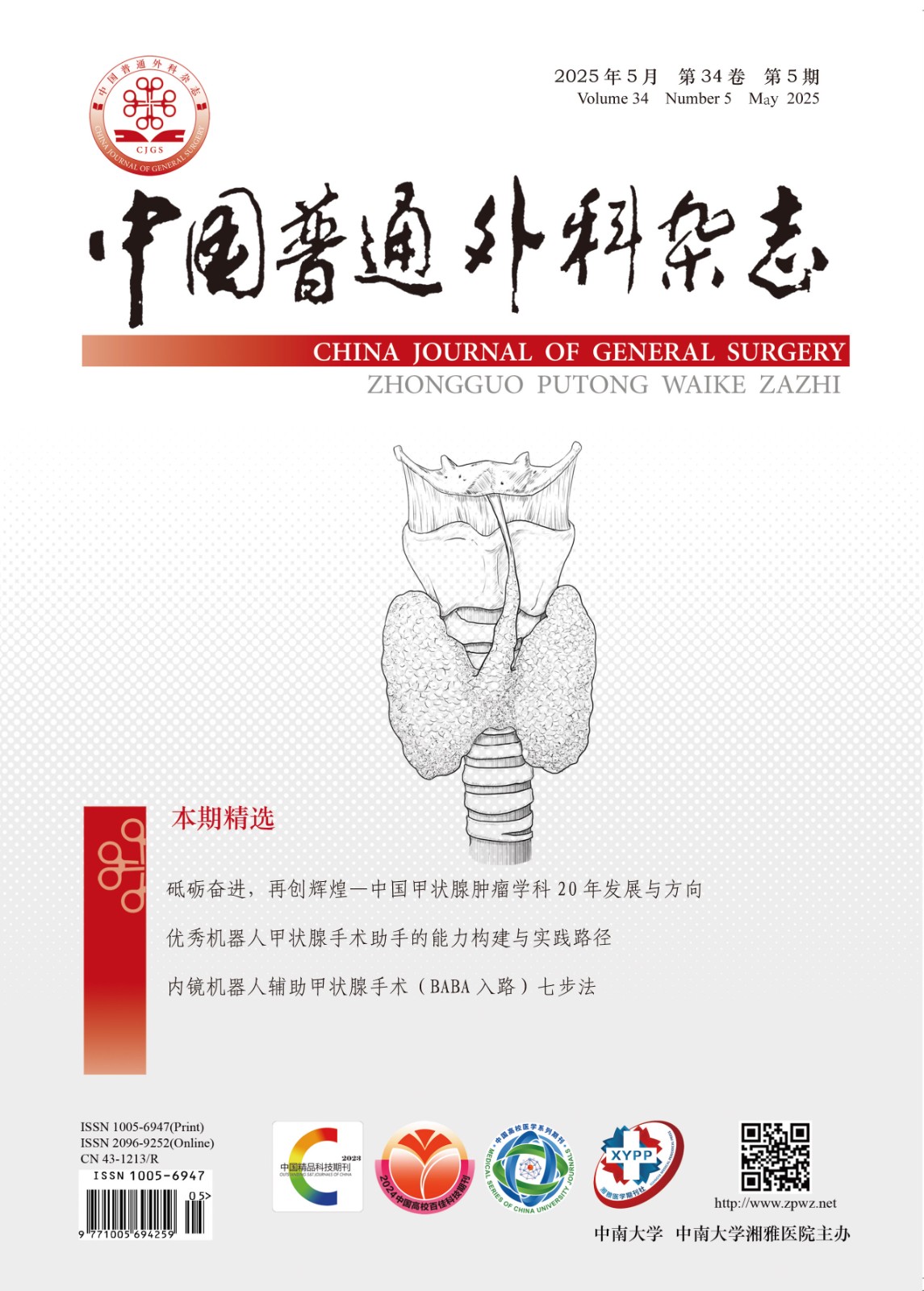Abstract:Background and Aims After undergoing active endovascular intervention or open surgery to reconstruct limb blood flow, patients with ischemic non-healing wounds in the lower limbs still face long hospital stays, high treatment difficulty, high costs, and poor wound healing outcomes. Platelet-rich plasma (PRP) is advantageous due to its simple preparation, abundant sources, relative safety, and lack of side effects. It can be directly applied to wounds to enhance the healing process and has been widely used in the field of non-healing wound repair. However, there are few reports on its use for ischemic non-healing wounds in the lower limbs. This study was performed to explore the clinical efficacy and safety of PRP in the treatment of ischemic non-healing wounds in the lower limbs, so as to provide a reference for clinical treatment of such refractory wounds.Methods From January 2021 to December 2022, patients with ischemic non-healing wounds in the lower limbs admitted to the Vascular Surgery Department of Beijing Hospital and the Peripheral Vascular Department of the First Affiliated Hospital of Henan University of Traditional Chinese Medicine were selected. Patients had an ankle-brachial index (ABI) of >0.5 to <0.9, wound bed tissue in the red phase (granulation tissue phase), wound area >1 to <20 cm2, and non-healing wounds without dead space or poor drainage. Autologous venous blood (50 mL) was drawn from patients and centrifuged using a density gradient centrifugation method to prepare PRP and PRP gel. On the basis of systemic treatments including smoking cessation, lipid-lowering, anticoagulation, antiplatelet therapy, circulation improvement, blood pressure reduction, and blood sugar control, debridement was performed, followed by direct PRP injection into the wound base and external application of PRP gel to the wound, with dressing changes every 7 d. After 14 d, wound area (clinical efficacy was determined according to wound area reduction), granulation score, exudate score, and wound depth score, as well as inflammatory markers (CRP, WBC, ESR), pain score, and adverse reactions were observed.Results After 14 days of PRP treatment, the wound area significantly reduced compared to that before treatment [(10.16±4.07) cm2 vs. (5.107±3.38) cm2, P=0.000]. Among the patients, 8 cases (12.7%) were fully healed, 25 cases (39.7%) showed significant improvement, 24 cases (38.1%) were effective, and 6 cases (9.5%) were ineffective, with a total effectiveness rate of 90.5%. The local wound depth, granulation tissue, and exudate scores significantly improved compared to those before treatment (all P<0.05). No antibiotics were used after treatment, and inflammatory markers (WBC, CRP, ESR) were decreased, and patients' self-reported pain score was reduced (all P<0.05). No significant adverse reactions were observed during the treatment process.Conclusion The combined method of direct PRP injection into the wound base and topical application of PRP gel can promote granulation growth, epithelial crawling, accelerate wound healing, inhibit wound inflammatory response, and reduce patient pain, proving to be a safe and effective treatment for ischemic non-healing wounds in the lower limbs.


















































